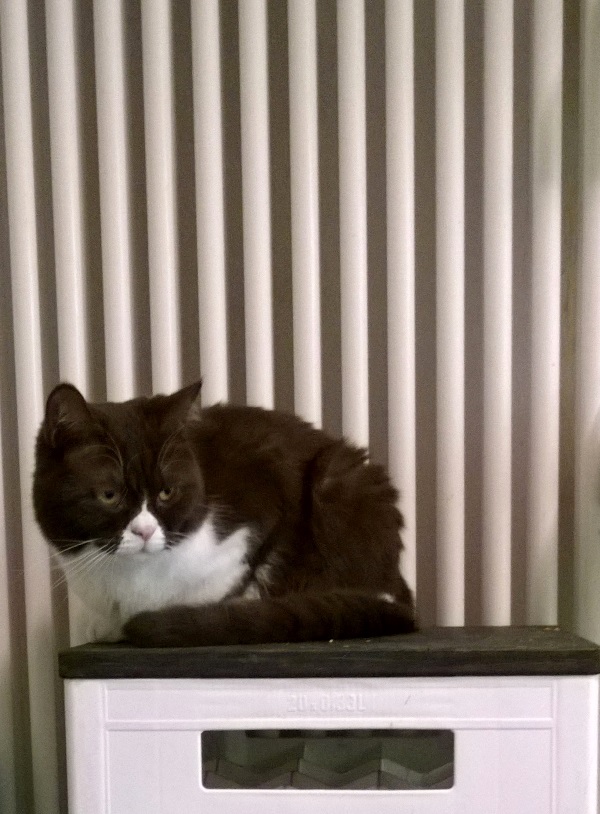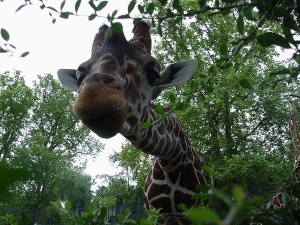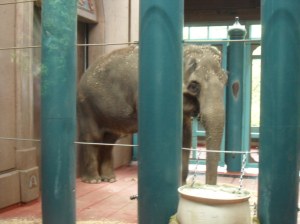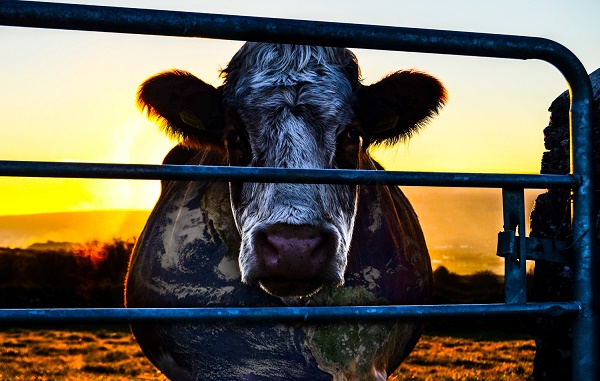During my trip to Germany this past summer, I got to visit Café Katzentempel, Germany’s first cat café. What made this place extra special was the 100% vegan menu.
Katzentempel (Cat Temple) is a wonderful café and restaurant in Munich. Students from the nearby university sipped on cappuccinos worked on laptops, while at other tables, groups dined on delicious vegan fare.
The food was ganz lecker (totally delicious) but the cats stole the show. Six rescued resident cats made themselves at home in the café.
Even the artwork was cat-themed.
I liked that the cats’ wellbeing was paramount. No flash photography and no manhandling of the cats allowed. Of course, we were lucky and some of the cats visited us. On their terms, of course—as cats prefer.
I was lucky that one of the café owners was there so I learned firsthand about how the café was created. Thomas Leidner came from the world of finance but wanted to do something completely different. An ethical vegan, he knew the cats would be a huge draw, and would help him reach more people with delicious vegan food. He’s helping people improve their relationships with animals in more than one way!
Balou sees an opening on the calendar. Next time you’re in Munich, stop by—the cats will be waiting for you!




























